Video of the Week:
Spider Plants and Exotic Ferns
Flowers:
Winterizing Roses
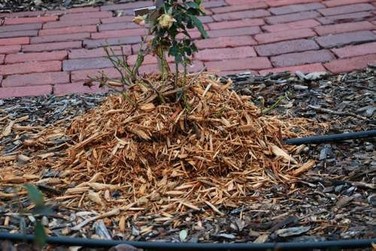
Mounding is normally finished by Thanksgiving. After the ground has frozen, add a 4-inch mulch of straw, leaves or hay for further protection. More soil may be spread on top of the mulch to keep it in place. Do not add the mulch before the ground freezes or mice may invade and feed on the roses over the winter. The purpose of these coverings is not only to moderate the cold, but also to prevent warm days during the winter or early spring from stimulating growth that is tender to returning cold weather.
Excessively tall canes should be pruned to a height of 36 inches and tied together to prevent them from being whipped by strong winter winds. Wind can damage the crown of the plant or loosen the surrounding soil. Next spring, remove coverings before new growth starts. Wait until after the ground thaws, or the tops may begin growing before the roots can provide water. (Ward Upham)
Miscellaneous:
Roasting Pumpkin Seeds
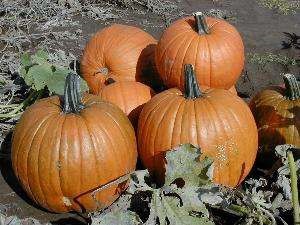
the holiday. Consider roasting the seeds before freezing temperatures destroys the pumpkin fruit. Cut open the pumpkin and remove the seeds and stringy material. Seeds should be washed and dried and the “strings” discarded. Toss the seeds with a little oil before roasting. Flavor can be enhanced by adding a sprinkling of salt to the oiled seeds. Seeds can then be spread on a cookie sheet and roasted for about 25 minutes at 325 degrees F. Times may vary depending on the size and moisture content of the seed. Seeds are done when they turn a golden brown. If seeds are not eaten immediately, store in a zip closure bag in the refrigerator. (Ward Upham)
Draining Hoses and Irrigation Lines
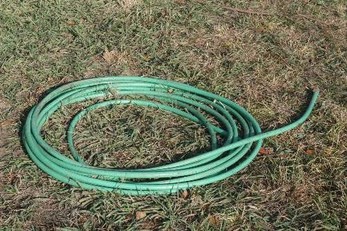
Drain garden hoses by stretching them out and coiling them for storage. Water will drain as you pull the hose toward you for coiling. Store in a protected place. UV light can make hoses brittle over time. (Ward Upham)
Keep Compost Pile Moist
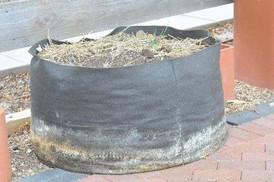
If you are interested in composting but don’t know how it is done, see our video at http://tinyurl.com/c8aw6lk and/or our publication at http://www.hfrr.ksu.edu/doc1757.ashx (Ward Upham)
Winter Care of Houseplants
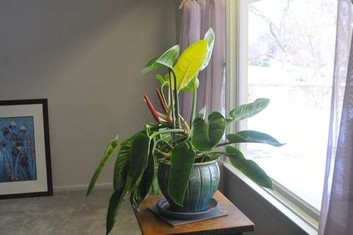
If the soil is dry an inch deep, it is time to water. Be sure to add enough so that some water flows out the bottom of the pot. This will help wash out excess salts that tend to accumulate within the potting soil. Fertilization also should be reduced. Normally, it is best to apply half the amount of fertilizer for flowering houseplants and one-fourth the amount for foliage houseplants. Too much fertilizer results in plants that become leggy and weak.
Location is another factor that should be considered this time of year. Since day length is so short, houseplants may be helped by being moved to areas of the room that receive more light, such as a south-or east-facing window.
Avoid placing plants where drafts from doors or direct output from heating ducts may contact them. Relative humidity also tends to be low during the winter. If you do not have a humidifier, frequent misting of the plants or placing them on water-filled trays of pebbles can help raise the humidity. (Ward Upham)
Contributors: Ward Upham, Extension Associate
 RSS Feed
RSS Feed
